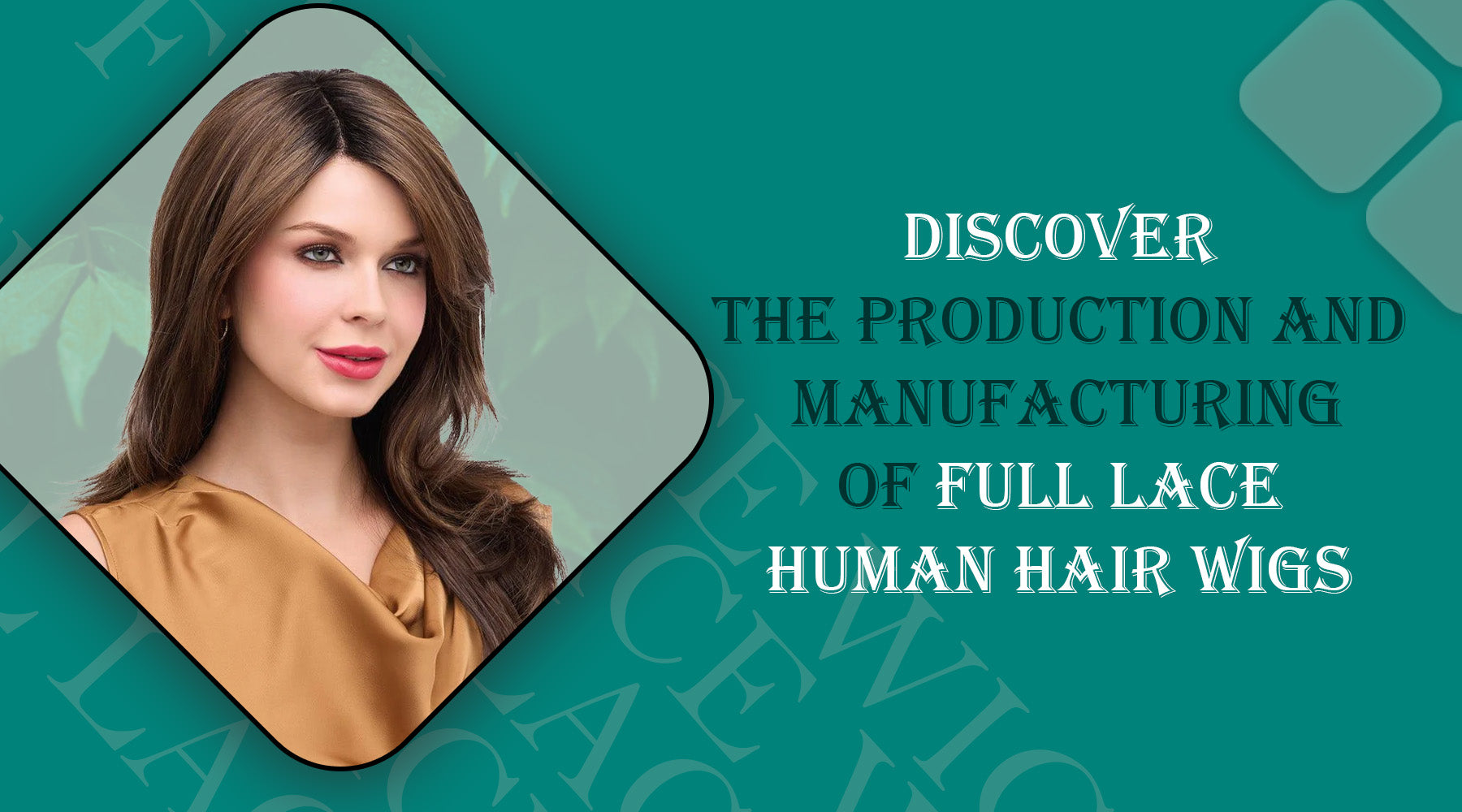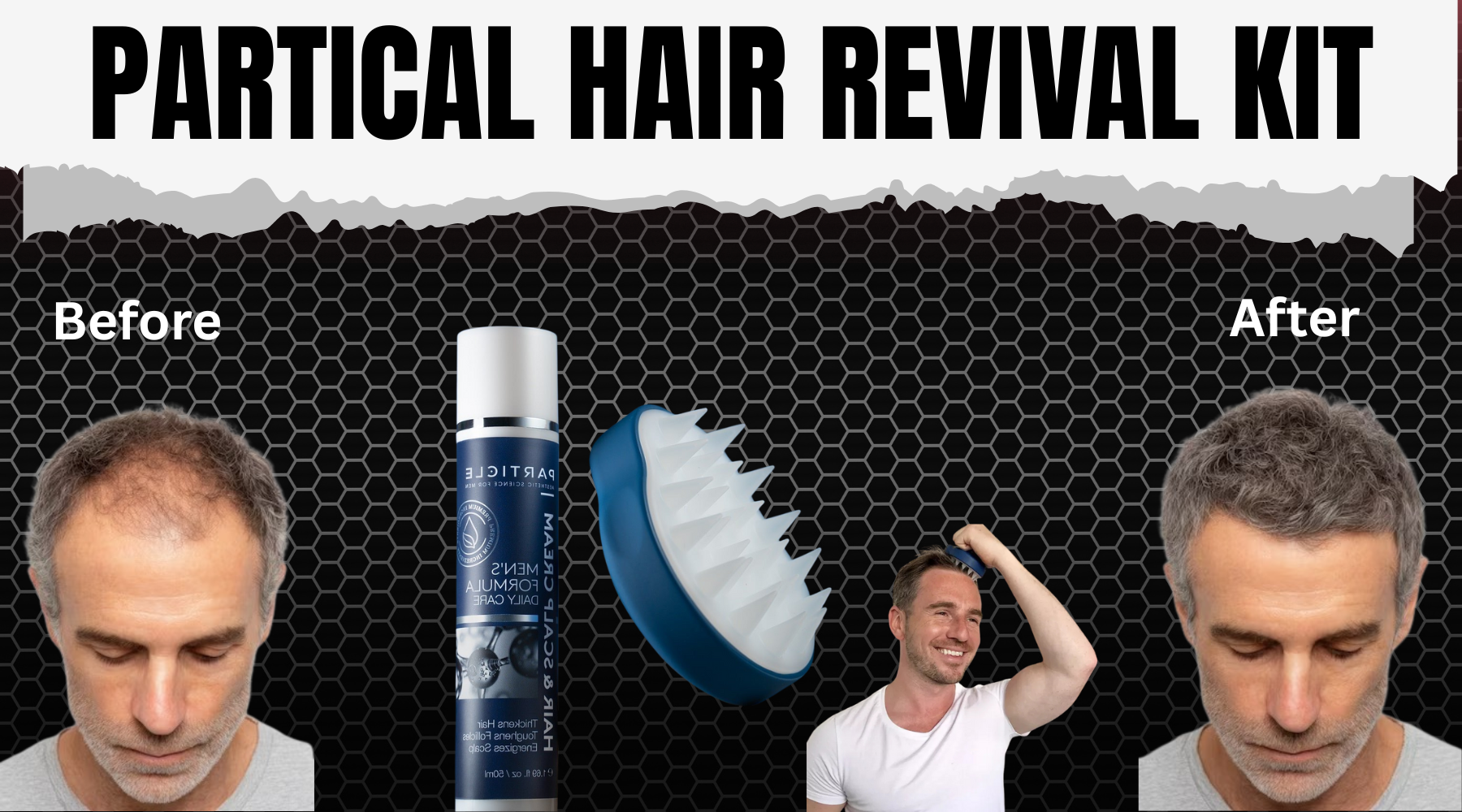With the wide range of wigs available in the market, it is always exciting to know the elements of wigs that make them stand out. For full lace human hair wigs, you can always expect the best because of their natural, comfortable, and versatile look. The process of manufacturing full lace human hair wigs is interesting as it involves numerous stages. All of the stages are carefully examined and done to make the wig look as realistic as possible and comfortable to wear all day long. Hence, in this article, you will get to know about the process of making full lace human hair wigs!

Step 1 - Collecting Raw Materials
Before moving on to any step, it is important to collect the materials that are needed to manufacture full lace lace wigs. Some of the materials are given below:
Human Hair Collection
When forming full lace front wigs human hair, is going to require human hair. Hence, this will be the collection piece that is needed. High-quality human hair is usually collected from donors. Manufacturers can find them in different areas across the world such as India, China as well as Southeast Asia. These are the main countries where long and healthy hair is largely available. The process of collection is done through salons. There are other specialized hair collection centers as well that offer this kind of collection.
Donation and Collection
- Voluntary Donors - One way how full lace front wigs human hair is made is when people willingly provide their hair. They wish to contribute their natural hair for human hair wig production.
- Purchased Hair - another option to make human hair wigs is through bulk purchasing. This is done directly by donors or middlemen who collect and sell human hair in bulk form.
Checking the Hair Quality
- Virgin Hair - virgin hair is hair that has not been through any kind of chemical treatment. Hence, it has never been dyed or anything of that sort.
- Remy Hair - Remy hair is known to be a specific hair collection that has the cuticle aligned in the same direction. This helps to prevent any kinds of tangles and also has a smoother finish.
Step 2 - Preparing the Hair
Once the manufacturer has gotten the hair, the second step will be to prep the hair. This is done in 2 main methods which are given below:
Sorting and Cleaning
Once the hair is collected for full lace wigs human hair wigs, will be sorted out. There are different categories that the hair is sorted into such as the length, texture as well as color. This process is important to ensure product quality as well as to maintain consistency.
Sorting
- Length and Texture - The collected hair is put into subsections of different textures and lengths to match the style that is desired. There are specific wig requirements for this. Such as if one wants curly human hair wigs or long-length wigs.
- Color - the hair is also sorted by looking at the color. This option is also important even if the manufacturer dyes the wig later on.
Cleaning
Cleaning full lace human wigs is a vital part of manufacturing. No matter what kind of hair it is, ensuring that it is clean is a top priority. This is also done in 2 main ways:
- Initial wash - the hair goes through an initial and deep wash. This removes the impurities, dirt, or any chemicals that are stored within the hair.
- Conditioning - once the hair is done through the initial cleaning process, the hair is then moved onto the conditioning process. This helps to restore moisture and upgrade manageability.
Step 3 - Processing
To make sure that the hair is suitable for full lace human wigs, there are additional processes that are required. This includes:
The Different Processing Methods
There are 2 main types of processing methods available for full lace wigs and human hair wigs:
- Chemical treatments - the hair that is collected can be treated to achieve a specific look. The texture and color are considered mainly. This includes perming, dyeing, or relaxing as well.
- Cuticle alignments - the cuticle alignment is important especially if the manufacturer is producing Remy hair.
- Drying - the hair is later air-dried commonly so that there is no heat damage. However, some manufacturers use low heat to dry hair to prevent extensive damage.
- Conditioning - after all of these processes, the last one is conditioning. This is a treatment that is applied to make sure the hair remains soft and untangled.
Step 4 - Constructing the Lace Cap
The lace cap is an essential part of the wig whether it is full lace lace wigs or any other kind. There are specific requirements that are important to note for constructing the lace cap.
Lace Material Selection
The lace cap forms the basic foundation of full lace human hair wigs. The lace is mainly a delicate and breathable material and you will be able to get a lace cap in almost all wigs including glueless wigs.
Type of Lace
- Swiss lace - swiss lace is mainly known for its unique texture as well as breathability. It is a great choice for high-quality wigs.
- French lace - this lace is a bit thicker than Swiss lace. It offers durability and strength as well.
Lace Color and Type
- Color matching - the lace is chosen in terms of colors as there are varying skin tones. It is important for the lace to match with the skin to create a seamless look.
- Stretchability - to provide a snug fit, ensuring stretchability is important as well. This will help to accommodate different head sizes with ease.
Step 5 - Construction of Caps
The cap is crafted by weaving the lace into a structure like a grip. This will ensure support for the hair. The process is given down:
Pattern creation
- Head measurements - the head measurements are supposed to be accurate to support a snug fit. There are custom-fit caps as well that one can create.
- Pattern design - the pattern is mainly based on a design that adds a gripped texture so that the wig does not move anywhere.
Lace Weaving
- Weaving - the weaving process is where the lace is woven into the cap pattern. This ensures the right shape as well as structure of the cap.
- Securing - in securing, the lace is directly stitched so that it prevents any kind of shifting.
Step 6 - Attaching the Hair
The main method is attaching the hair to construct full lace human hair wigs.
Wefting
- Hand-tied Wefts - for high-end wigs, the hair is hand-tied to the lace cap. This is done to ensure a natural setting of hair and flexibility.
- Machine-tied Wefts - machine-tied wefts are mainly used for affordable options.
After attaching the hair, the manufacturer will style it accordingly. It can be wavy wigs or any other style as well!





